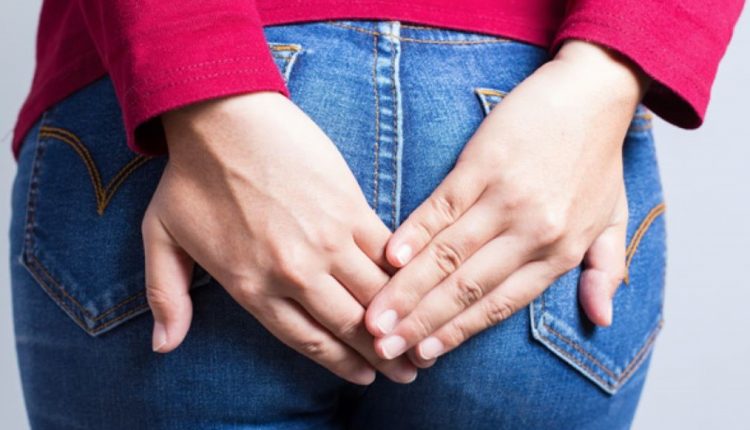
Complications of haemorrhoids: simple and oedematous external thrombosis
The term “haemorrhoids” identifies a group of vascular structures belonging to the anal canal that protect the muscles of the anal sphincter during the passage of faeces and play a very important role in faecal continence; when haemorrhoids are swollen and inflamed, they become “pathological” and cause a syndrome known as haemorrhoid disease
In common parlance, the term ‘haemorrhoids’ refers precisely to haemorrhoidal disease, so ‘haemorrhoids’ is now a synonym for ‘haemorrhoid disease’.
Complications of haemorrhoids
The most typical and frequent complication of haemorrhoid disease is thrombosis, so much so that its picture can be said to closely complement that of haemorrhoids.
Improperly referred to as a ‘crisis’ or ‘haemorrhoid attack’, it can occur in patients who already have anal pathology or as the first manifestation of haemorrhoids.
A distinction should be made between the thrombosis proper of the internal haemorrhoids, which can remain confined within the anal canal, and the form that is externalised with a variable extension in the so-called haemorrhoidal strangulation, and finally the thrombosis of the anal margin that takes the form of perianal oedema or anal haematoma.
All of these pictures can present themselves variously associated. In this article we will deal in particular with external haemorrhoidal thrombosis.
EXTERNAL HAEMORRHOIDAL THROMBOSIS
This complication can occur even in the complete absence of clinically visible haemorrhoids.
A perianal haematoma or perianal oedema may occur.
Perianal haematoma (simple external thrombosis)
Perianal haematoma, or simple external thrombosis, usually arises after overeating, after a long period in a sitting position, after a particularly violent defecation effort or without any apparent cause.
A bluish mass 1-3 cm in diameter, tense, sometimes very painful, suddenly appears in the anal margin.
Surgical evacuation of the thrombus under local anaesthesia brings immediate benefit. Bleeding ceases rapidly.
Untreated, the thrombosis evolves in a few weeks towards the organisation of the thrombus, which retracts and reabsorbs, leaving a marisca.
This process may be facilitated by the injection of jaluronidase mixed with local anaesthetic.
This picture is generally attributed to a thrombosis in a vein of the subcutaneous or external haemorrhoidal plexus, or to the rupture of a vein during defecation with blood pouring into the subcutaneous tissue where it coagulates and causes the painful swelling.
According to the latter hypothesis, the term perianal haematoma is more appropriate.
The submucosal and subdermal tributary veins of the upper haemorrhoids have small dilatations or lacunae forming part of the anal cushions and the perianal haematoma has the appearance of clotting in a venous lacuna.
Perianal oedema (oedematous thrombosis)
Perianal oedema, or oedematous thrombosis, is more voluminous and may present multiple thrombi of various sizes immersed in a distended and oedematous tissue.
The evolution is longer than in the previous case and the evacuation of the thrombi is not immediately followed by a dramatic improvement of the painful symptoms.
It is possible that ulceration of the skin or mucous membranes above it may occur with a small haemorrhage that frees the patient from pain.
In the case of infection, an abscess forms, resulting in a small intra- or intersphincteric low fistula.
Read Also:
Emergency Live Even More…Live: Download The New Free App Of Your Newspaper For IOS And Android
Raising The Bar For Pediatric Trauma Care: Analysis And Solutions In The US
Pinworms Infestation: How To Treat A Paediatric Patient With Enterobiasis (Oxyuriasis)
Intestinal Infections: How Is Dientamoeba Fragilis Infection Contracted?
Gastrointestinal Disorders Caused By NSAIDs: What They Are, What Problems They Cause
Intestinal Virus: What To Eat And How To Treat Gastroenteritis
What Is Proctalgia Fugax? Symptoms, Causes And Treatment
Internal And External Haemorrhoids: Causes, Symptoms And Remedies
Haemorrhoids: The Newest Tests And Treatments To Treat Them
What Is The Difference Between Haemorrhoids And Fissures?



